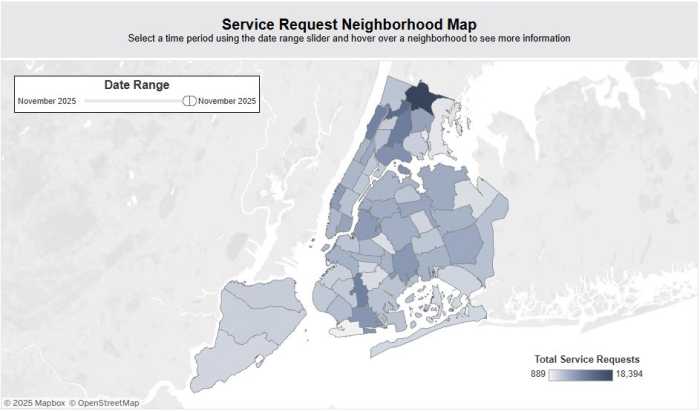By Juan Soto
The $5.3 million nature center projected for Idlewild Park will soon become a reality, with work for the environmental facility at the entrance of the Springfield Gardens park expected to start sometime this year.
A spokeswoman for the city Parks Department said designs for the science learning center “should be finalized this fall.”
And on Monday, the city Design Commission approved the project at Idlewild Park. One of the 11-member commission recused himself from the vote. The commission reviews architectural and landscape projects proposed on city property, including work at public parks.
The new structure will replace the actual makeshift nature trailer operated by the Eastern Queens Alliance, a federation of civic associations from southeast Queens.
The Idlewild Park Preserve Environmental Science Learning Center calls for a 5,000-square-foot building at the eastern side of the park, at 149th Street and Springfield Lane, close to the cricket fields. Former Borough President Helen Marshall allocated $5 million for the project in 2009.
Architect Blake Middleton explained that the new center will include eco-friendly features, such as pathways that allow water to permeate into the ground.
“This project is designed to invigorate interest in Idlewild Park as a natural resource,” said Tamara Mitchell, environmental specialist at the Eastern Queens Alliance. “Idlewild is very unique because it is diverse in its habitats,” she added, referring to the park’s freshwater and saltwater wetlands, woodlands, grassland dune-shrub and meadows.
The building is slated to have two classrooms, with capacity for about 70 students. There would also be a reception area and exhibition and office space.
“Students will be able to utilize Idlewild as an outdoor laboratory,” Mitchell said, “and further their knowledge by utilizing the classroom to analyze their findings.”
The actual Eastern Queens Alliance office trailer hosts regular after-school science and nature workshops in the park.
Middleton said the structure is designed to stand up to the harsh conditions of its environment, conditions that include noise pollution from nearby John F. Kennedy International Airport and the salt spray out of Jamaica Bay.
And in case “global warming causes Jamaica Bay to take up some more real estate in the future,” Mitchell pointed out, the nature center will be constructed atop a plateau above the flood plane.
The park was used as a construction waste landfill in the 1970s. In the ’90s, it began to undergo projects to recuperate its ecological value.
The largest rehabilitation effort was made between 1995 and 1998, when a $1.4 million plan restored 13 acres of tidal wetland by planting 80,000 marsh grasses, building the Sewer Construction Mitigation and providing thousands of cubic yards of soil to restore uplands.
“This park is the hidden jewel of southeast Queens,” said Mitchell.
Reach reporter Juan Soto by e-mail at jsoto@cnglocal.com or by phone at 718-260-4564.




































